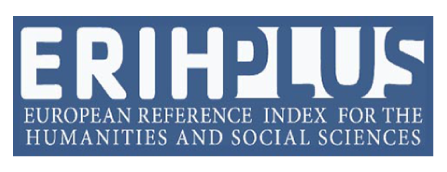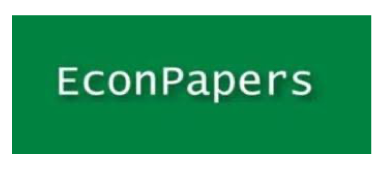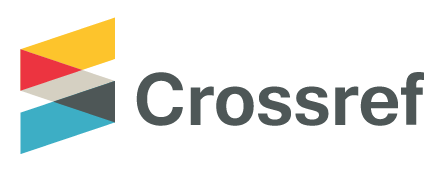Grade 8 Learners’ Perceptions and Misconceptions on Their Learning of Surface Area and Volume in Mathematics
DOI:
https://doi.org/10.53615/2232-5697.13.377-400Keywords:
Mathematics, misconceptionsAbstract
Abstract: Purpose: The teaching and learning of a surface area and volume of objects/substances among high school learners had been a problematic issue for a time memorial, particularly among the grade 8 leaners. But the fact remains that surface area and volume remain common concepts that are applicable to all events related to engineering concepts on daily basis. Due to this, the researchers have taken upon themselves to investigate the insight and perception of the grade 8 on surface areas and volume when learning mathematics in high schools.
Study design/methodology/approach: To achieve the aim of this study, this article examines how Grade 8 students in a high school within the Johannesburg East District of South Africa grasp their mathematics concepts on surface area and volume of shapes using a qualitative approach to get a deep insight into the study after a test was conducted by the researchers to select the learners with a better understanding on surface area and volume.
Findings: After the collection and the analysis of the data, the researchers discovered that some grade 8 students have a weak grasp of the ideas of surface area and volume.Therefore, the finding reported that grade 8 mathematics students commit some misconception. And this had led to poor understanding of mathematics among the students on how to find the surface area or volume of prisms without the use of a formula. This study also discovered that students exhibit some mistakes when working through problems involving surface area and volume, such as conflating the formulas for volume and surface area.
Originality/value: This study had confirmed that there are some overgeneralisations of abilities, ideas, and formulas which was evident in their responses.
Downloads
Downloads
Published
License
Copyright (c) 2024 Vojo Fasinu, A Sibanda, M. F. Machaba

This work is licensed under a Creative Commons Attribution-ShareAlike 4.0 International License.















